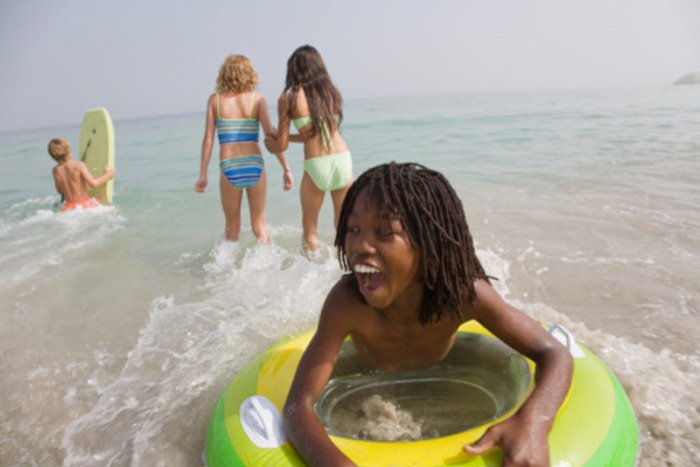The Centers for Disease Control and Prevention says participation in formal swimming lessons can reduce the risk of drowning by as much as 88 percent among young children age 1-4, who are at greatest risk of drowning.
ATLANTA, May 28 (UPI) -- When a child begins swimming lessons should be based on a child's exposure to water, maturity, physical limitations and health concerns, U.S. officials say.
The Centers for Disease Control and Prevention says participation in formal swimming lessons can reduce the risk of drowning by as much as 88 percent among young children age 1-4, who are at greatest risk of drowning.
The American Academy of Pediatrics supports swimming lessons as young as age 1.
Even in a pool, inexperienced swimmers and young children may benefit from wearing properly fitted life jackets, the CDC says.
Do not use air-filled or foam toys, such as "water wings," "noodles," or inner-tubes, in place of life jackets for flotation support -- these are toys and are not designed to keep swimmers safe, the CDC says.
"Most young children who drowned in pools were last seen in the home, had been out of sight less than 5 minutes, and were in the care of one or both parents at the time," the CDC says.
Children should never be in or around a pool alone. Barriers to pool access should be used to help prevent young children from gaining access to the pool area without caregivers' awareness.
Examples of barriers include: four-sided isolation fencing, door locks, gate locks and alarms triggered when someone enters the water.















